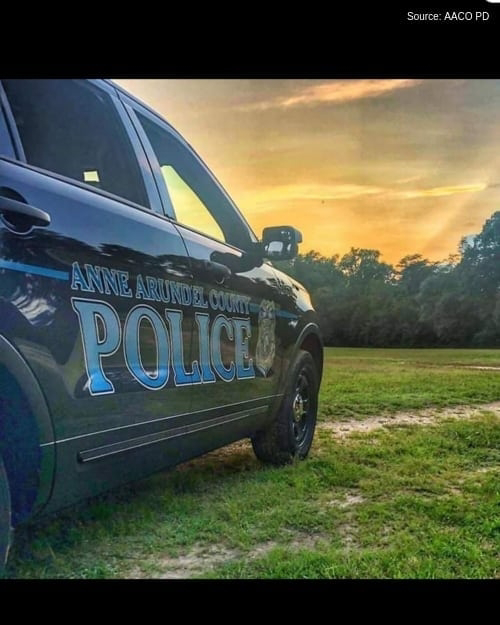Baltimore Man Pleads Guilty To Federal Charge For Possession Of Fentanyl
Devron Lasha Young, Jr., age 22, of Baltimore, Maryland, pleaded guilty today to a federal charge of possession with intent to distribute approximately 75 grams of fentanyl and acetyl fentanyl—enough to kill 37,500 people. Young was charged in federal court as part of a federal-state initiative announced in December 2018 to combat the fentanyl crisis in Maryland.
Under this new initiative, titled the “Synthetic Opioid Surge,” or “SOS” for short, every arrest involving distribution of fentanyl made by law enforcement in Baltimore is reviewed jointly by the State’s Attorney’s Office for Baltimore City, the Drug Enforcement Administration, and the U.S. Attorney’s Office to determine whether the case will be handled in the state or federal system. The U.S. Attorney’s Office will prosecute more cases involving fentanyl as a result of this new program. The use of federal resources and statutes, which carry significant terms of imprisonment, is necessary to prosecute those individuals who pose the greatest threat to public safety in distributing lethal doses of fentanyl.
The guilty plea was announced by United States Attorney for the District of Maryland Robert K. Hur; Assistant Special Agent in Charge Don A. Hibbert of the Drug Enforcement Administration, Baltimore District Office; and Commissioner Michael Harrison of the Baltimore Police Department.
“Local, state, and federal law enforcement partners in Baltimore City are teaming up to arrest and prosecute those who peddle the deadly poison of fentanyl on our streets and in our neighborhoods,” said U.S. Attorney Robert K. Hur. “As a result of our combined efforts, Devron Young now faces federal prison time, where there are no suspended sentences and no parole, ever. We must do everything we can to reduce overdose deaths from this drug and from all opioids.”
According to his guilty plea, on February 22, 2019, Young hailed an illegal taxi at the intersection of North Avenue and Pennsylvania Avenue in northwest Baltimore, the location of an openair drug market. Young offered the driver $10 to drive him a few blocks away, wait while he went into a building, and drive him back to the corner of North and Pennsylvania. Shortly after Young entered the vehicle, a Baltimore police officer stopped the car for a traffic violation. The officer asked the driver and Young where they were going. Young answered that the driver was a friend from school and that she was giving him a ride home. Neither statement was true.
When the officer asked the driver for her license and registration, she stated that they were in her wallet, which was located in a bag behind the driver’s seat. With the officer’s permission, she retrieved the bag. The officer saw that, aside from the driver’s wallet and some personal items, the bag contained only children’s diapers. The driver then returned the bag to the rear driver-side floor.
The driver produced a learner’s permit, but Young was unable to provide any form of identification. Young provided his personal information to the officer, who then advised Young and the driver that he was going to tow the vehicle because it was unregistered and uninsured. The officer returned to his vehicle to run law enforcement database inquiries on the driver and Young.
While the officer was in his patrol car, he observed Young reaching toward the rear passenger floor. The officer walked back to the vehicle and asked the driver to step out. He asked if there was anything illegal in the vehicle, and the driver told him there was not, then consented without hesitation to a search of the vehicle.
While the driver stayed outside the vehicle, the officer radioed for backup, and returned to the car to speak with Young. The officer asked Young if he had anything illegal on his person, which Young denied. Young then agreed to the officer’s request to perform a protective pat-down outside the vehicle. However, when the officer opened the door, Young tried to run away. Before Young could escape, the officer grabbed Young and placed Young under arrest.
Once Young was in custody, the officer searched the vehicle. He discovered that the bag had been moved to the middle of the vehicle’s back row. The officer seized the bag and noticed that, on top of the diapers, there was now a brown plastic bag that had not been there before. The brown plastic bag contained 30 separate packs holding a total of 752 capsules. The BPD Laboratory Section subsequently analyzed the capsules and determined that each contained both fentanyl and acetyl fentanyl.
Young and the government have agreed that, if the Court accepts the plea agreement, Young will be sentenced to five years in federal prison. U.S. District Judge Catherine C. Blake has scheduled sentencing for January 17, 2020 at 11:00 a.m.



Comments
Post a Comment